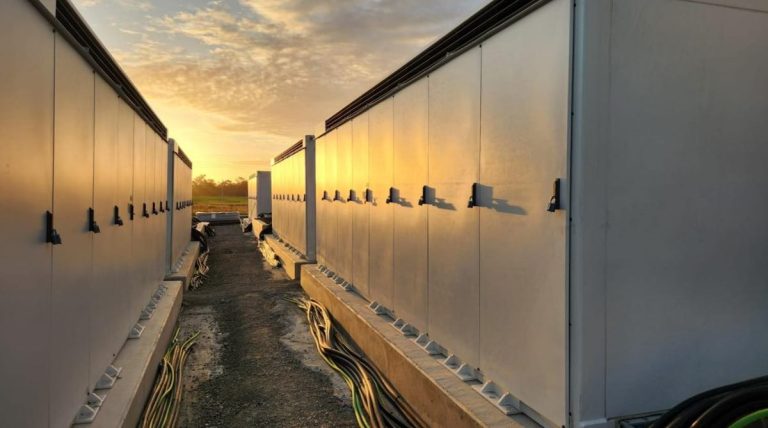Murchison Hydrogen Project Update
A significant renewable energy project near Kalbarri in Western Australia, aiming to install up to 6 gigawatts of onshore wind and solar power and produce 2 million tonnes of green ammonia annually, has been selected as a winner of the federal government’s hydrogen head start program. The Murchison Hydrogen Renewables (MHR) development, owned by Danish company Copenhagen Infrastructure Partners, secured federal environment approval after making several adjustments to its project design. These changes include using fewer but more powerful turbines, reducing the solar footprint, and increasing photovoltaic (PV) output. While the modifications will slightly increase the project’s overall footprint, they will decrease its disturbance footprint and ecosystem impact.
Government Funding and Project Details
The initial stage of the Murchison project, with a capacity of 1,500 megawatts (MW), has been granted up to $814 million in production incentives through the Hydrogen Headstart program. This funding, announced by federal energy minister Chris Bowen, will be disbursed by the Australian Renewable Energy Agency over a 10-year period to support the project’s development. The first stage is projected to generate 900,000 tonnes of green ammonia annually. Bowen highlighted that the funding scheme aims to bridge the financial gap between the cost of renewable hydrogen production and market prices, facilitating the advancement of projects like Murchison.
Located 20km north of Kalbarri, MHR is strategically situated in an area with abundant wind and solar resources, low cyclone risk, and close proximity to key markets for hydrogen off-take. The original project plans, submitted in May 2022, outlined the installation of approximately 700 wind turbines with an estimated capacity of 3.7 gigawatts and around 1.5 gigawatts of solar panels across a 10,000-hectare area.
Environmental Considerations and Project Adjustments
Following the federal environment minister’s classification of the project as a “controlled action” under the EPBC Act, MHR proposed modifications to reduce its impact on protected flora, fauna, and ecosystems. The key changes include reducing the number of turbines to 522, each with a higher capacity of around 7 megawatts compared to the original 5 MW turbines. This shift aligns with the trend of larger, more efficient turbines in the wind energy sector, allowing for improved project design without compromising generation capacity.
While the larger turbines result in fewer units, addressing some community and environmental concerns, they also have a more substantial individual footprint. The revised proposal indicates a permanent footprint of approximately 0.9 hectares per turbine, totalling 470 hectares for all turbines. Additionally, the solar farm footprint has been reduced to 7,000 hectares through layout optimisation, enhancing energy output while decreasing clearing requirements.
Industry Recognition and Future Prospects
The Murchison Hydrogen Renewables project, designated as a major project by the federal government in August of the previous year, received praise for its selection as the inaugural recipient of Hydrogen Headstart funding. Fiona Simon, CEO of the Australian Hydrogen Council, emphasised that the initiative aims to support large-scale projects in producing green hydrogen to address commercial challenges. She highlighted the importance of hydrogen in decarbonising energy, producing green commodities like ammonia and iron, and fostering Australia’s role as a reliable energy partner in Asia.
With Lead Agency Status from the WA government, MHR’s revised project proposal will undergo comprehensive federal environmental assessments under the EPBC Act, marking a significant step towards realising its renewable energy objectives.
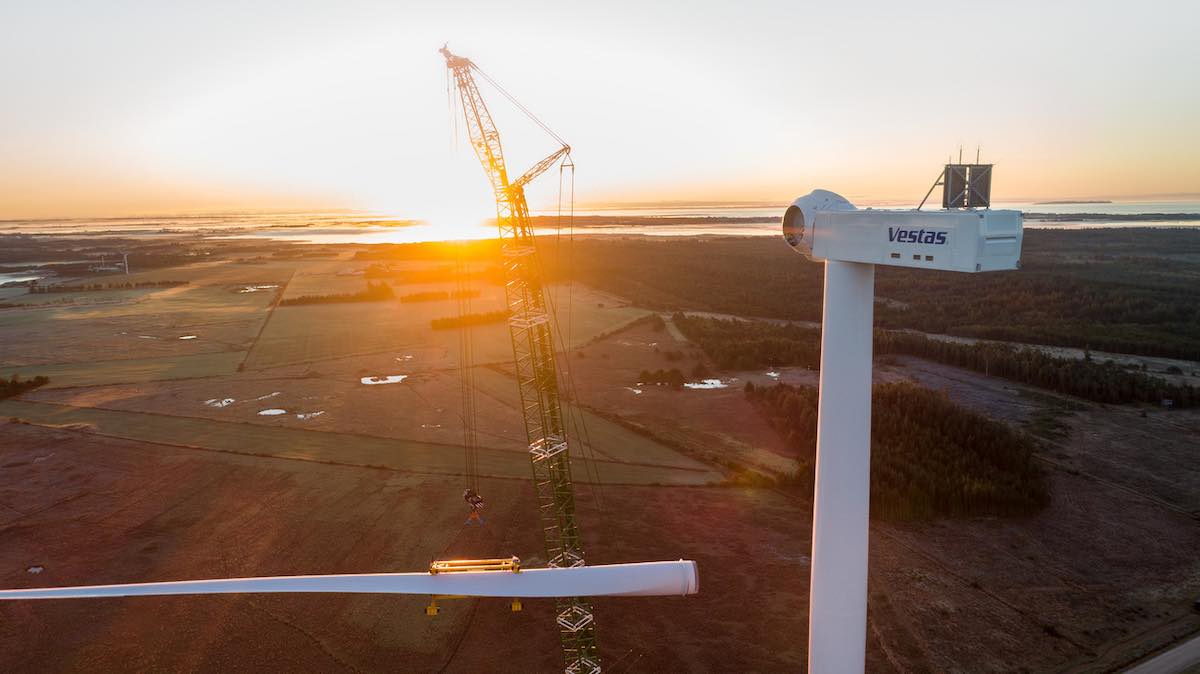
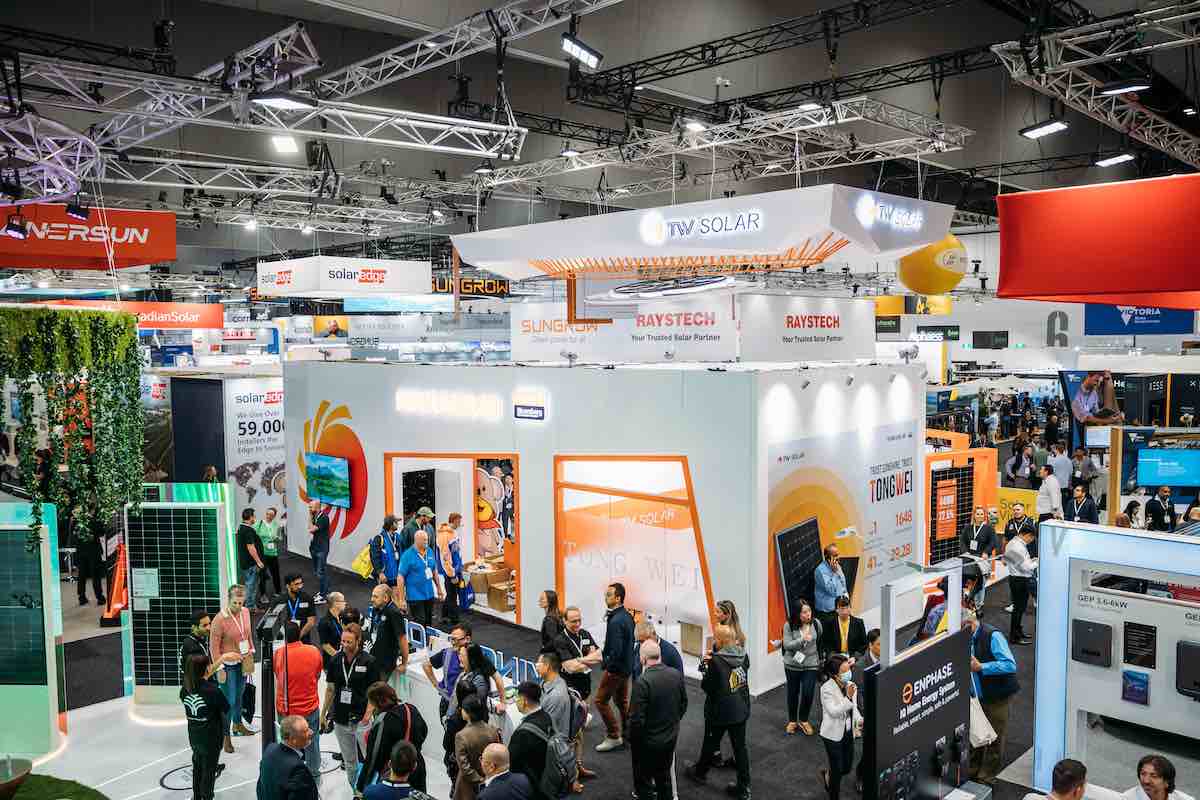
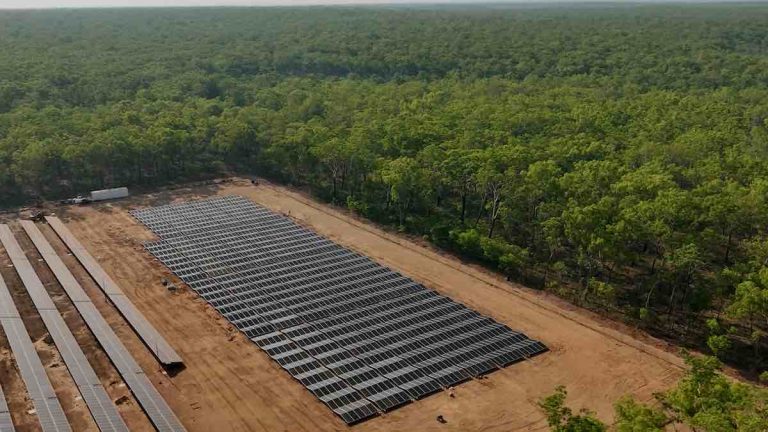
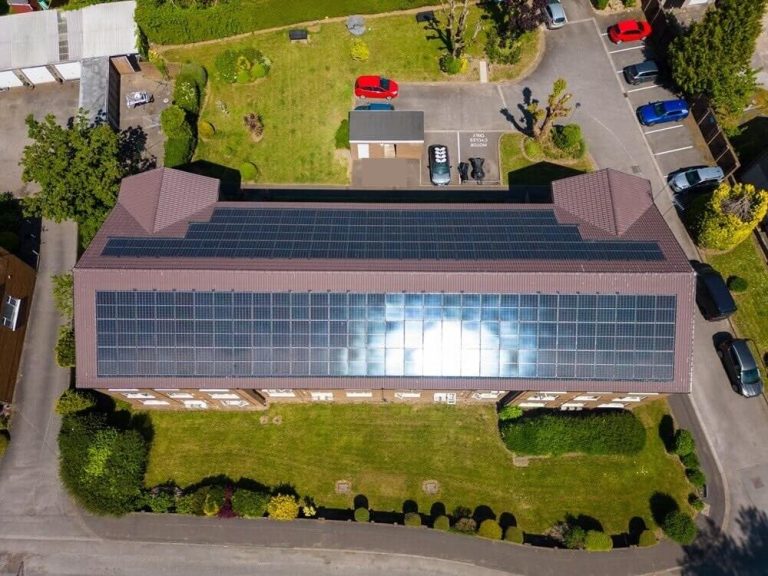
65.jpg)
84-768x496.jpg)
